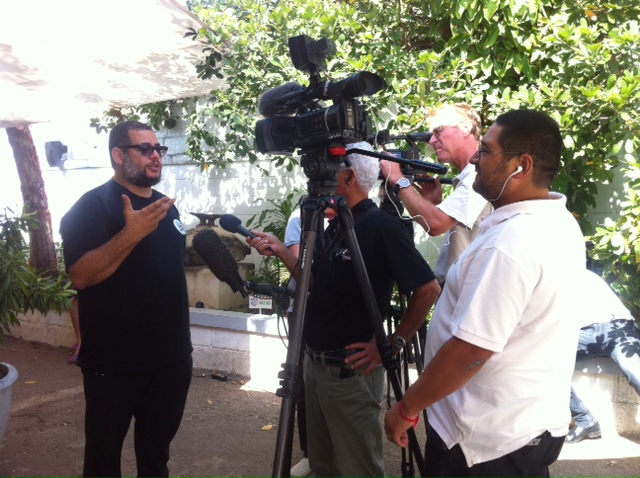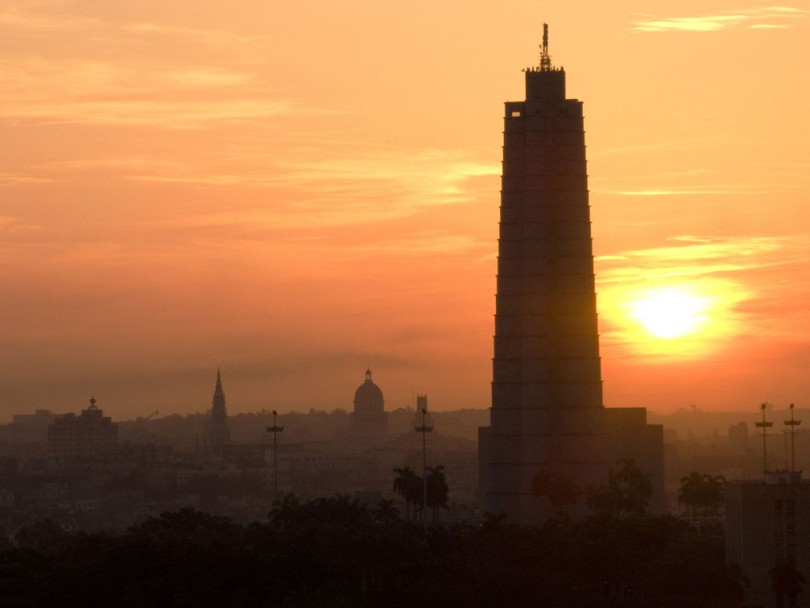aNewDomain — Cuba unveiled a plan that would provide public access at 35 Wi-Fi hotspots in June, 2015. The announcement made headlines all over the world. But in a nation of more than 11 million people, 35 hotspots is barely a drop in the bucket.
I searched the words “Cuba,” “Wi-Fi,” and “35” on Google, which yielded 651 articles, each of which contained those words in the title. Every article was released since the hotspots were announced in mid-June. The numbers jumped to over a million hits for stories that used those words anywhere in the post. In my search, I found that almost all major news outlets — from Fox News to The Wall Street Journal to The New York Times — covered the Cuban Wi-Fi announcement.
 This isn’t the first time the media latched onto a Cuban Internet announcement. It happened when ETECSA began to offer public access to the Internet via “navigation rooms,” when Cuba debuted a plan that would make outdated DSL service accessible to half the homes in Cuba, and when Kcho, a Cuban artist, opened a single solitary Wi-Fi access point in his studio.
This isn’t the first time the media latched onto a Cuban Internet announcement. It happened when ETECSA began to offer public access to the Internet via “navigation rooms,” when Cuba debuted a plan that would make outdated DSL service accessible to half the homes in Cuba, and when Kcho, a Cuban artist, opened a single solitary Wi-Fi access point in his studio.
Each of those movements constitutes even less than a drop in the bucket, but the news outlets broadcast them everywhere.
The Reality
While it is news that Cuban Internet is starting to roll out in greater numbers, there is a reality in those movements that the press often misses. In a recent Havana Times post, Irina Echarry paints a realistic picture of the “Many Unsolved Problems of Cuba’s Wi-Fi Hot Zones.” Echarry writes of the overcrowding, long lines, discomfort, lack of privacy, cost, danger, etc.
I am happy to see Cuba take a few halting steps toward a modern, open Internet, but, as Echarry shows us, the reality does not justify the hype.
For aNewDomain, I’m Larry Press.
Ed: A version of this story ran on Larry Press’ laredcubana. Read it here.
Featured image: Sunrise in Havana via Wikimedia Commons.
Body image: Courtesy of Havana Times. All Rights Reserved.













